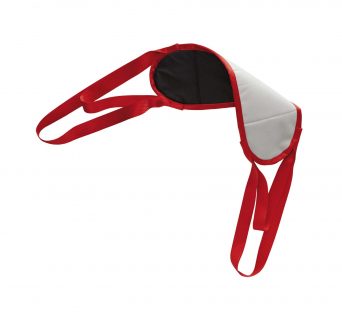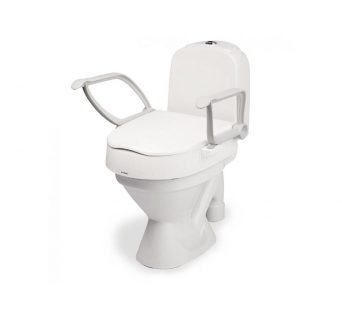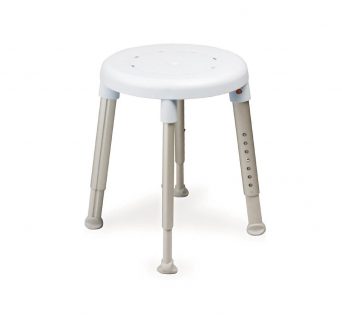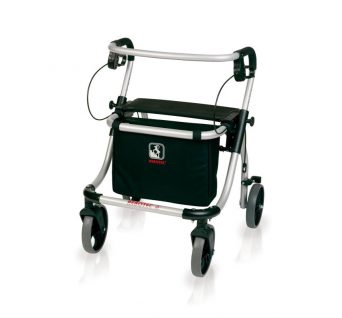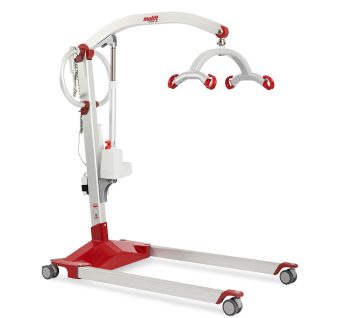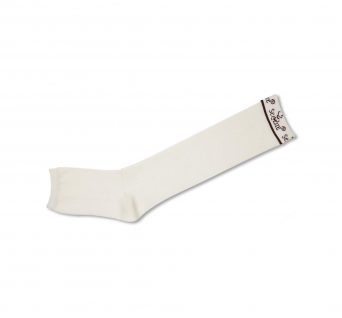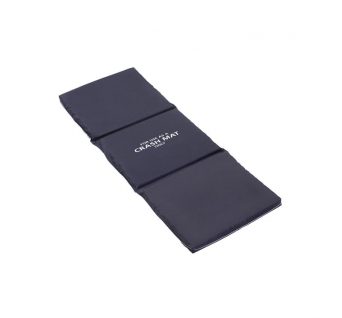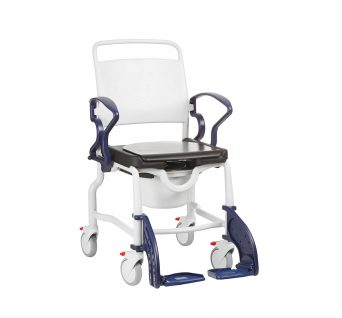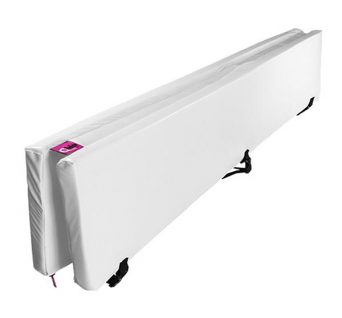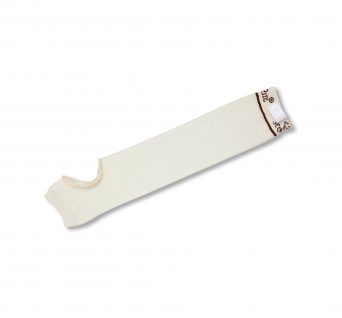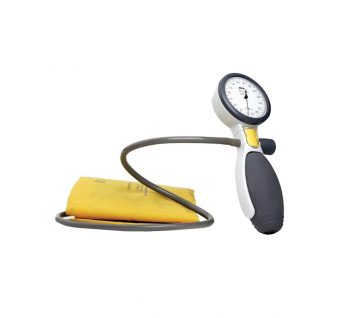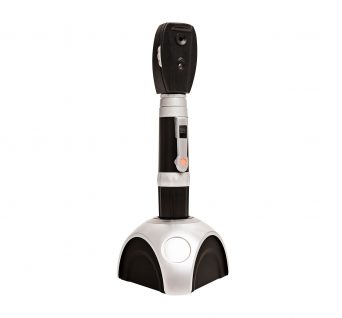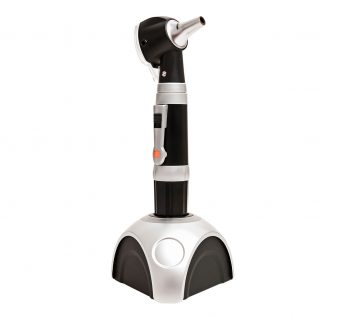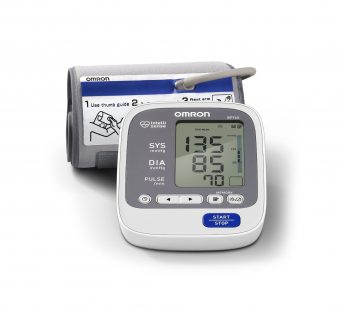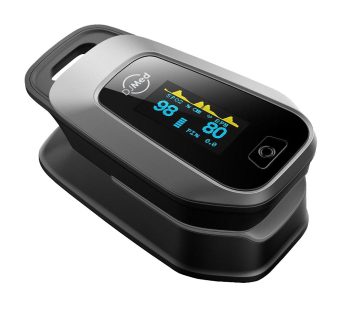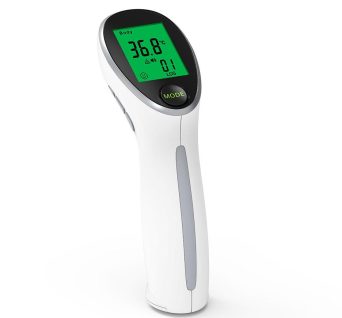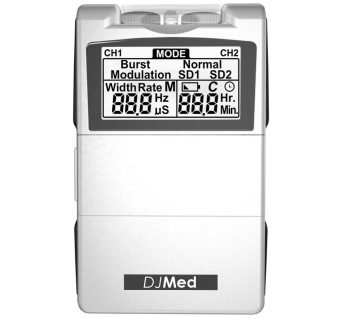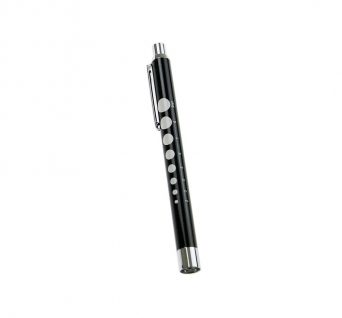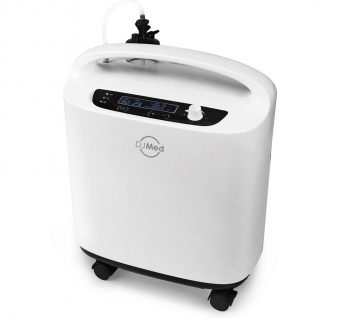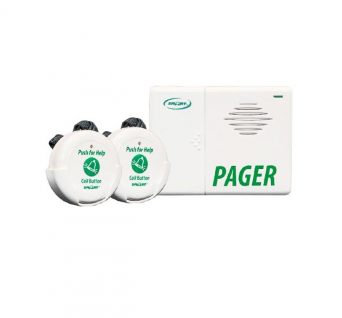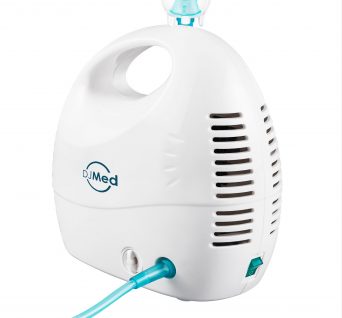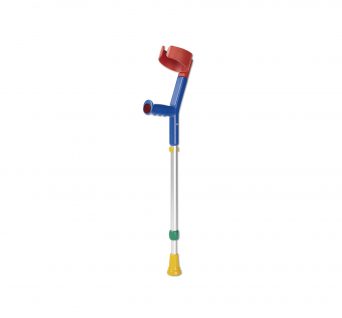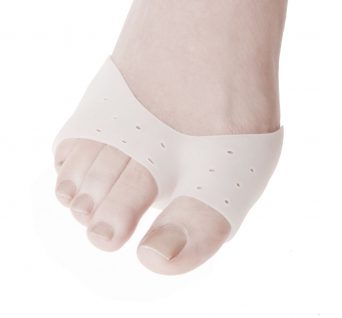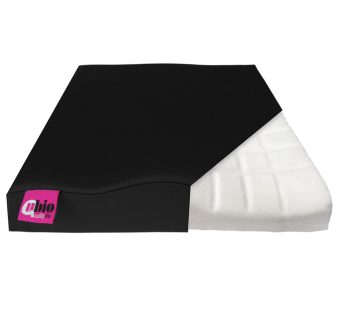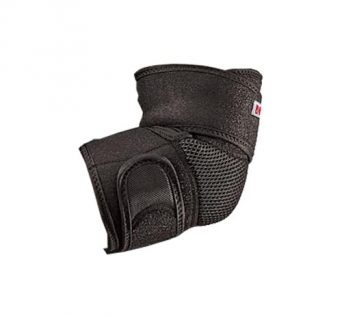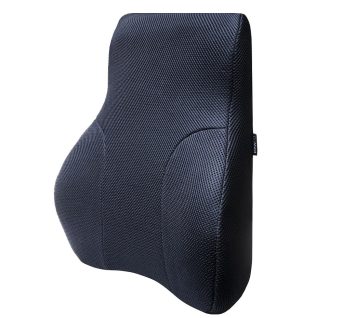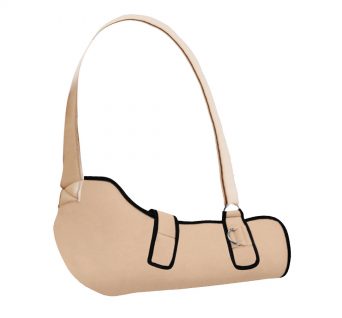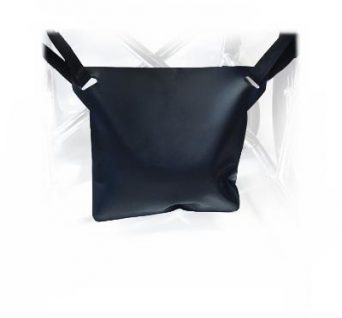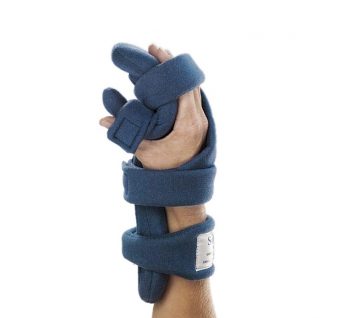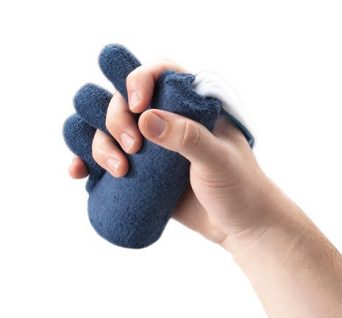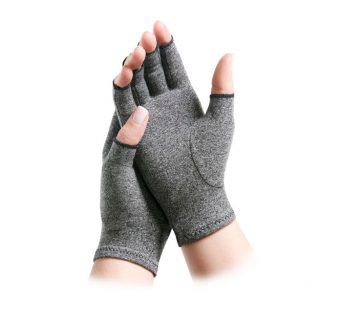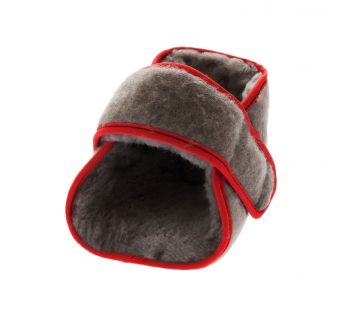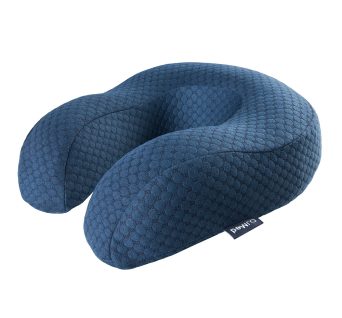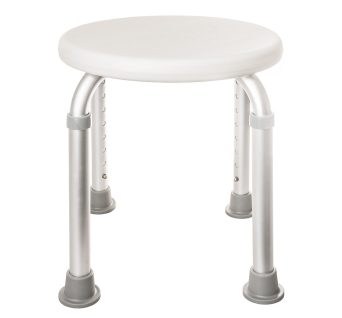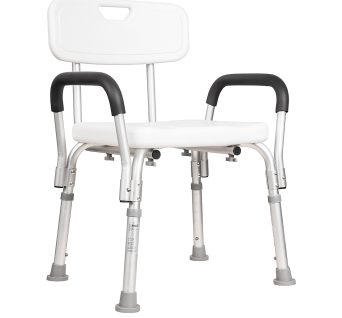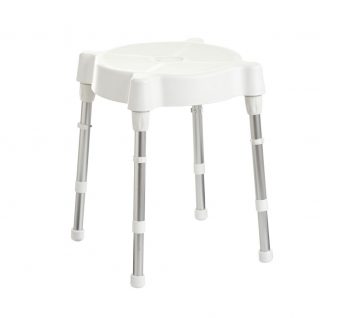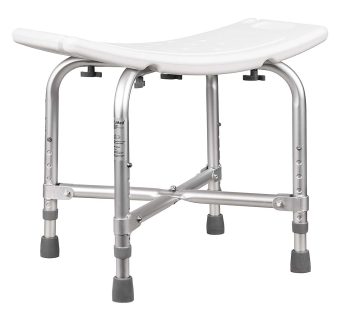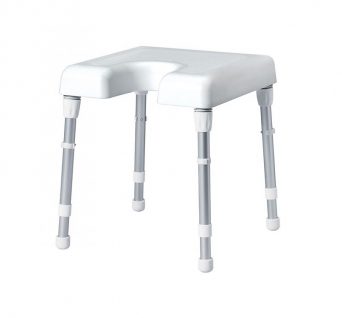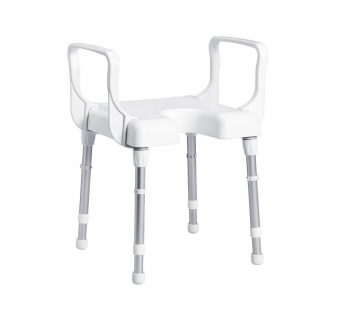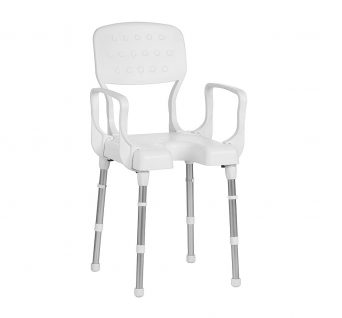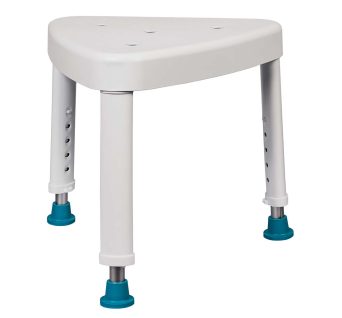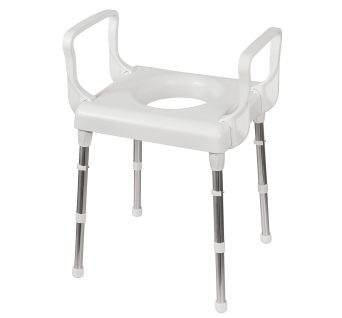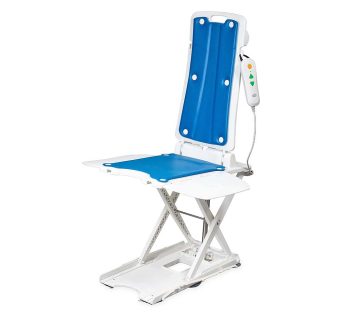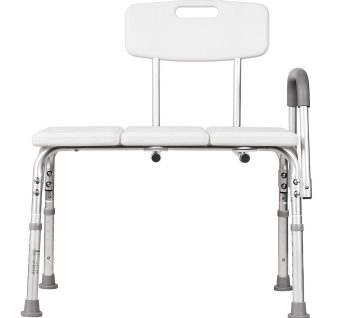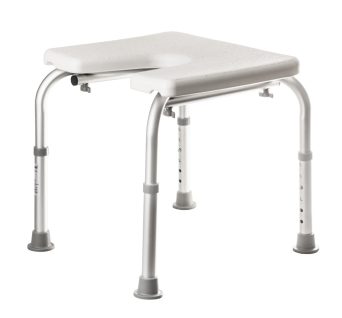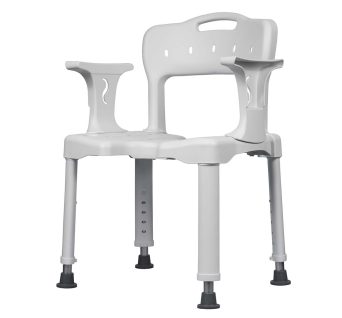No products in the cart.
Shower Stools & Chairs
Showing all 13 resultsSorted by popularity
- Shower Stools & Chairs
Round Shower Stool
Free-standing round shower stool for seated support in the shower
The DJMed Round Shower Stool makes showering more comfortable and reduces the risk of serious falls. Designed for use by older people who might need some support in the shower, this is a great multi-use stool that comes in handy for both travel and home life.
Adjustable legs let you get just the right height quickly, and rubber studs on the feet provide extra grip so that you won’t slip.
- Slip resistant ferrules tips
- Four stable rubber stubs
- Easy push-button | height-adjustable
- Lightweight
SKU: 40100 - Shower Stools & Chairs
Rebotec Verona – Heavy Duty Shower Stool
Height-adjustable, strong up to 175kg capacity, made in Germany
Verona Shower Stool features heavy-duty rubber safety feet, and a heavy-duty corrosion-proof aluminium frame that is lightweight and height-adjustable. Suitable for use in the shower or bath.
Attractive, clean white design and shape is a perfect fit for limited bathroom space.
SKU: 368.00.30 - Shower Stools & Chairs
Braced Shower Stool, Bench Seat
Sturdy bath and shower stool seat with stronger cross braced frame
Designed with high-strength cross bars that prevent the seat legs from splaying at higher loads and angles for your safety.
Strong yet light Lightweight aluminium and polymer seat do not rust.
SKU: 40102 - Shower Stools & Chairs
Triangular Shower Stool
Triangular shape makes it the perfect stool to place in a corner shower or to store in a corner when not in use
The legs of the stool can also be adjusted into various heights to make the user feel more comfortable using it. The angle of the seat makes it ergonomic and safe to use by those who are experiencing hip discomfort.
SKU: 40104 - Over Toilet Aids, Shower Stools & Chairs
Rebotec Brest – Over Toilet Seat Frame
Over toilet seat frame chair with armrests.
The Rebotec Brest – over toilet seat frame is lightweight, stable, free-standing and height-adjustable toilet seat frame that can also be used as a shower stool.
Comes in a sleek, clean white design.
SKU: 362.00.20 - Bathroom Safety, Shower Stools & Chairs
Auto Bath Lift Chair
Electric bath chair that lowers and lifts the user in and out of the bathtub, reducing the strain on the user and preventing the risk of falls
A rechargeable remote control will raise and lower the bath lift with a press of a button. Once fully lowered, the backrest reclines down 40° for a soothing, immersive, relaxing bath experience. Compact design fits most standard tubs.
Simple and tool-less installation. Our Bath lift comes with 6 suction cups to ensure security and safety along with a thin padded seat and backrest to provide exceptional comfort.
Our rechargeable hand control knows not to allow you to lower yourself into the bath if there is not enough battery power to bring you back up.
We use the best materials in the industry. We also have spare parts available should you need to order new fabric, charger or remote.
SKU: n/a - Shower Stools & Chairs
Bath Transfer Bench, Height Adjustable
Bath chair for safe transfer to and from a bath, can be used on either the left or right-hand side of a bath
Adjustable height, ideal for the elderly, injured, ill, or pregnant. Comfortable moulded seat, Sturdy aluminum frame-durable, anti-rust and lightweight.
Transfer tub bench assists individuals while entering and exiting the bath for renewed independence.
SKU: 40122 - Shower Stools & Chairs
DJMed Hygiene Shower Stool
Horseshoe shower stool with front hygiene cut out to make personal cleansing easier
Height adjustable stool designed for bathroom and shower safety.
Ergonomic seat surface. Stable and secure footprint, due to angled rubber feet.
Cost effective solution for showering and dressing.
SKU: 40101 - Shower Stools & Chairs
Modular Hygiene Shower Chair
A safe, comfortable, and easy-to-clean shower chair with a hygiene seat opening for convenient personal care.
Ideal for home care, assisted living, or clinical settings, the Modular Hygiene Shower Chair ensures a safe, hygienic, and stress-free shower experience.
SKU: 42222
Shower Stools, Bath Chairs, Benches & Bath Seats
When selecting a shower stool, bath chair, bench, or bath seat, it's important to consider your specific needs, comfort, safety, and the layout of your bathroom. These bathroom aids are designed to provide support and stability while bathing or showering, especially for individuals who have limited mobility, balance issues, or are recovering from injuries. Here's a guide to help you choose the right option:
Shower Stools:
- Shower stools are compact and suitable for smaller shower spaces.
- They usually have three or four legs and a small seat.
- Consider a shower stool with adjustable height legs for a customized fit.
- Look for non-slip rubber tips on the legs for stability.
- Some shower stools have a swivel seat, making it easier to maneuver in the shower.
Bath Chairs:
- Bath chairs are typically wider and offer a larger seating area.
- They often have backrests for added comfort and support.
- Look for a chair with a sturdy frame and non-slip feet.
- Adjustable height features allow you to set the chair to a comfortable level.
- Some bath chairs have padded seats for extra comfort.
Bath Benches:
- Bath benches are similar to bath chairs but don't always have backrests.
- They provide a stable platform for sitting while bathing.
- Some bath benches have armrests for additional support.
- Look for a bench with drainage holes to prevent water pooling.
Bath Seats with Handles:
- Bath seats with handles offer extra support and stability.
- Handles can help with sitting down, standing up, and maintaining balance.
- Consider a seat with adjustable handles for a comfortable grip.
- Look for a seat with a secure locking mechanism to attach to the bathtub.
Swivel Bath Seats:
- Swivel bath seats allow for easy entry and exit from the bathtub.
- They often have a rotating seat that pivots to make transferring in and out of the tub smoother.
- Look for a seat with a locking mechanism to ensure stability while bathing.
Transfer Benches:
- Transfer benches extend beyond the edge of the bathtub, making it easier to slide in and out of the tub.
- They are ideal for individuals who have difficulty stepping over the tub rim.
- Some transfer benches have a sliding seat for effortless transfers.
Wall-Mounted Shower Seats:
- Wall-mounted seats can be folded up when not in use, saving space.
- Ensure proper installation into sturdy wall studs for safety.
Material and Maintenance:
- Choose a seat made of durable, water-resistant materials.
- Look for seats that are easy to clean and maintain.
Remember to measure your bathtub or shower area before purchasing to ensure that the chosen stool, chair, bench, or seat fits comfortably. Additionally, always follow the manufacturer's instructions for assembly, installation, and usage. If you have specific mobility or medical needs, consider consulting with a healthcare professional or occupational therapist for personalized recommendations. Your safety and comfort are the top priorities when choosing bathroom aids.
How do I choose a shower stool?
Choosing the right shower stool involves considering your specific needs, bathroom layout, comfort, safety, and ease of use. Here are some factors to consider when selecting a shower stool:
Type of Shower Stool: Decide on the type of shower stool you need, such as a basic stool, a stool with adjustable legs, a swivel seat, or a stool with a backrest.
Size and Weight Capacity: Ensure the stool's dimensions fit comfortably within your shower or bathtub space. Check the weight capacity of the stool to ensure it can safely support your weight.
Material and Durability: Look for a stool made of rust-resistant and waterproof materials like aluminum, plastic, or teak wood. Ensure the materials are easy to clean and maintain.
Adjustability: If you prefer an adjustable stool, make sure it has adjustable legs to accommodate different heights and provide a stable fit.
Comfort and Design: Consider a stool with a contoured or textured seat for added comfort and to prevent slipping. Look for ergonomic designs that provide proper support and alignment.
Portability and Storage: If you need to move the stool between showers or store it when not in use, consider a lightweight and foldable option.
User Preferences: Think about whether you prefer a stool with armrests, a swivel seat for easier access, or other features that align with your preferences.
Reviews and Ratings: Read customer reviews and ratings to get insights into the stool's performance, durability, and user experiences.
Budget: Determine your budget and explore options within that range, keeping in mind that investing in a durable and safe stool is important for your well-being.
Ultimately, the goal is to choose a shower stool that provides you with the comfort, safety, and support you need while bathing. Taking the time to research and compare different options will help you find a stool that suits your individual requirements.
Should shower chairs have a backrest or no backrest?
Whether a shower chair should have a backrest or not depends on your specific needs, comfort preferences, and any mobility or health considerations you may have. Both options have their advantages, and the decision should be based on what will provide you with the greatest safety, comfort, and ease of use while bathing. Here are some factors to consider when deciding whether a shower chair should have a backrest or not:
Shower Chair with Backrest:
- Support and Comfort: A shower chair with a backrest can provide additional support and comfort, especially if you have limited back strength or balance.
- Reduced Fatigue: The backrest can help reduce fatigue during longer bathing sessions, allowing you to lean back and relax.
- Safety: The backrest can help prevent accidental slips or falls by providing a secure place to lean against while bathing.
- Posture Support: If you have posture concerns, a backrest can help you maintain proper alignment while sitting.
Shower Chair without Backrest:
- Easy Transfers: A chair without a backrest can make it easier to transfer in and out of the chair from various angles.
- Access: A backless chair can offer more access for bathing certain body parts, such as the upper back or shoulders.
- Compact Design: Chairs without backrests tend to be more compact and may be better suited for smaller shower spaces.
- Independence: Some individuals prefer the freedom of movement that a backless chair provides.
Ultimately, the choice between a shower chair with a backrest or without a backrest depends on your personal preferences and needs. If you have any existing medical conditions, mobility challenges, or balance issues, a shower chair with a backrest may offer greater stability and support. On the other hand, if you prioritize ease of transfers, access, or prefer a more compact design, a backless shower chair might be a better fit.
If you're unsure which option is best for you, consider consulting with a healthcare professional, such as an occupational therapist or a physician. They can provide personalized recommendations based on your individual circumstances and help you make an informed decision that promotes your safety and well-being while bathing.
